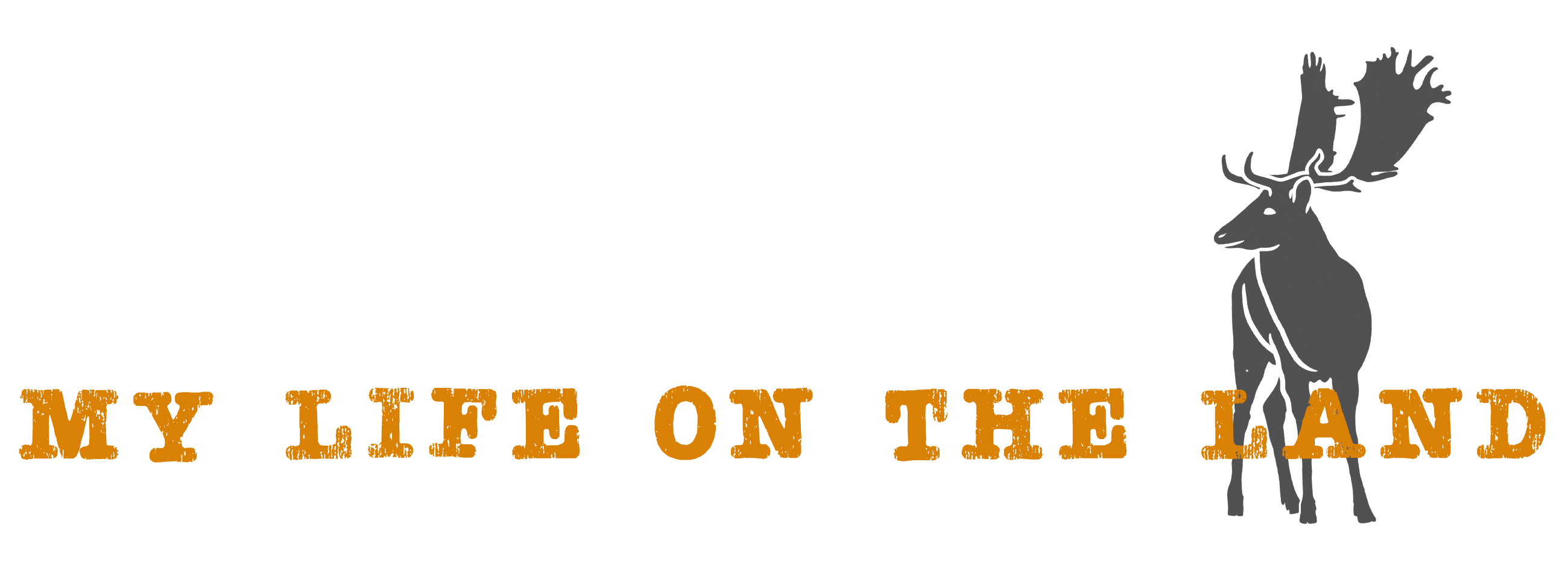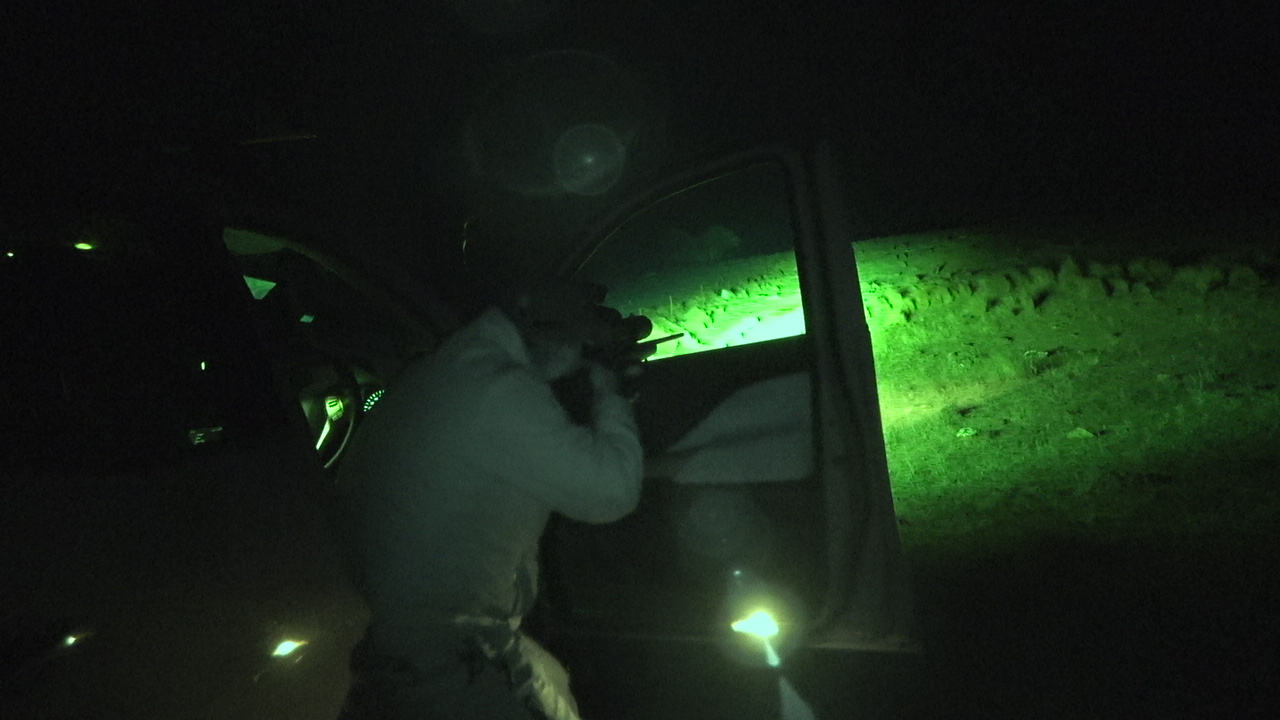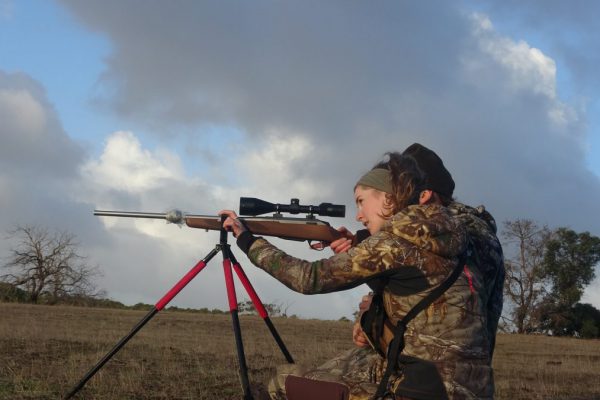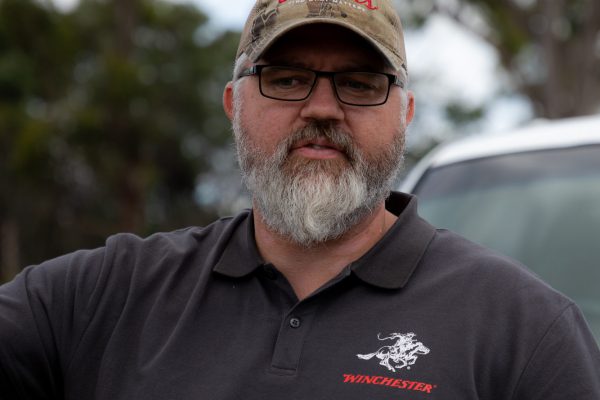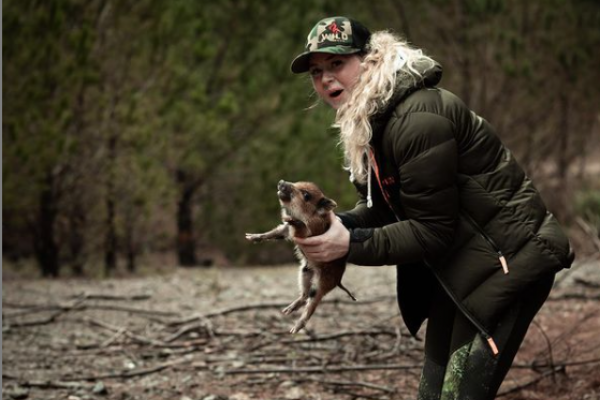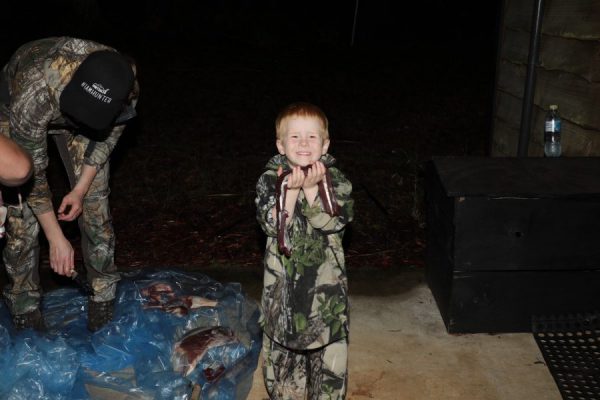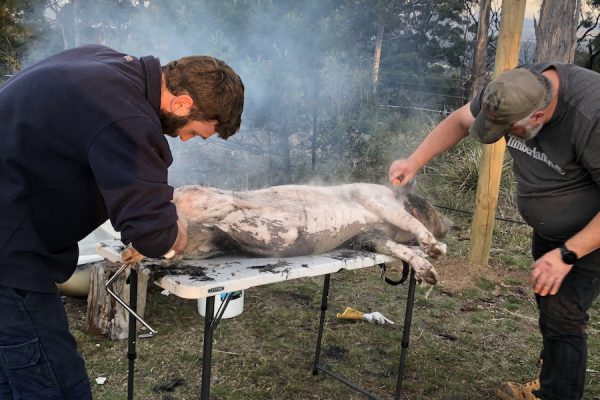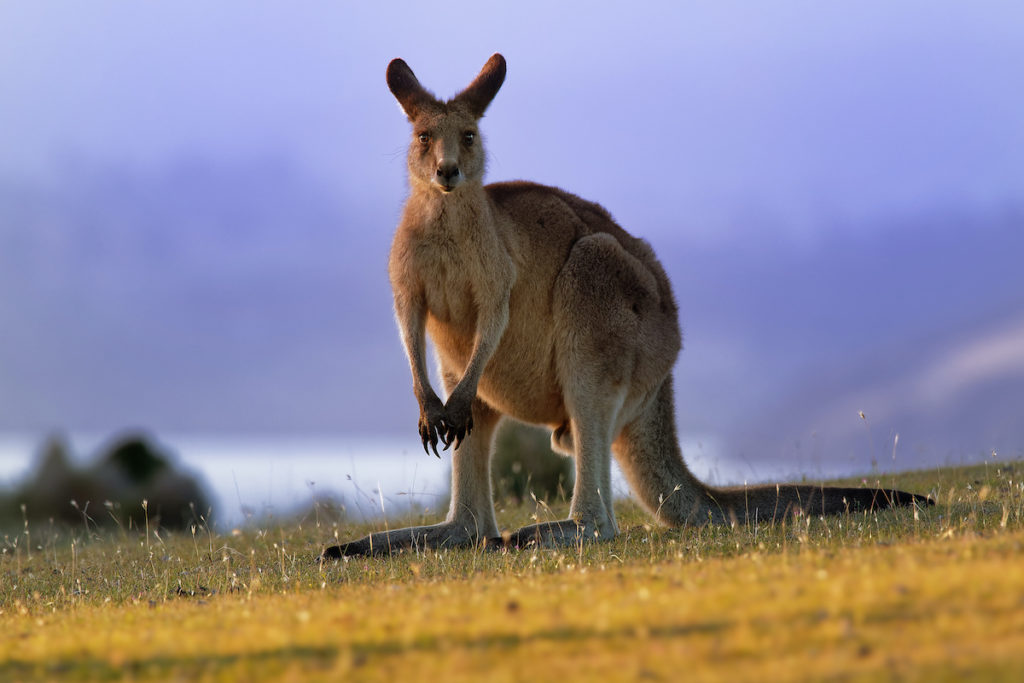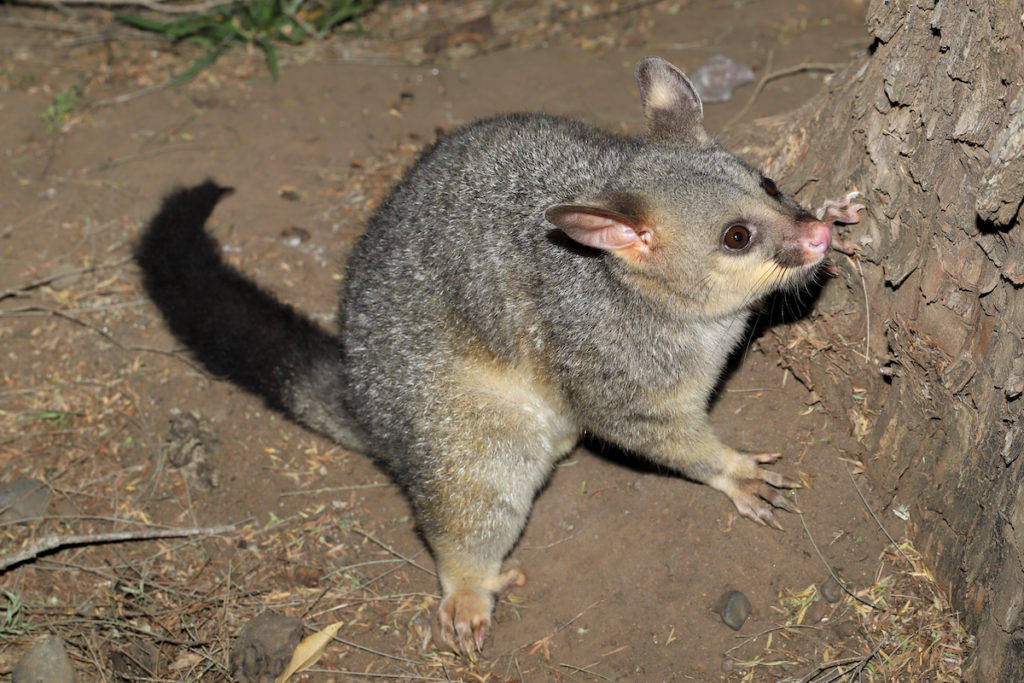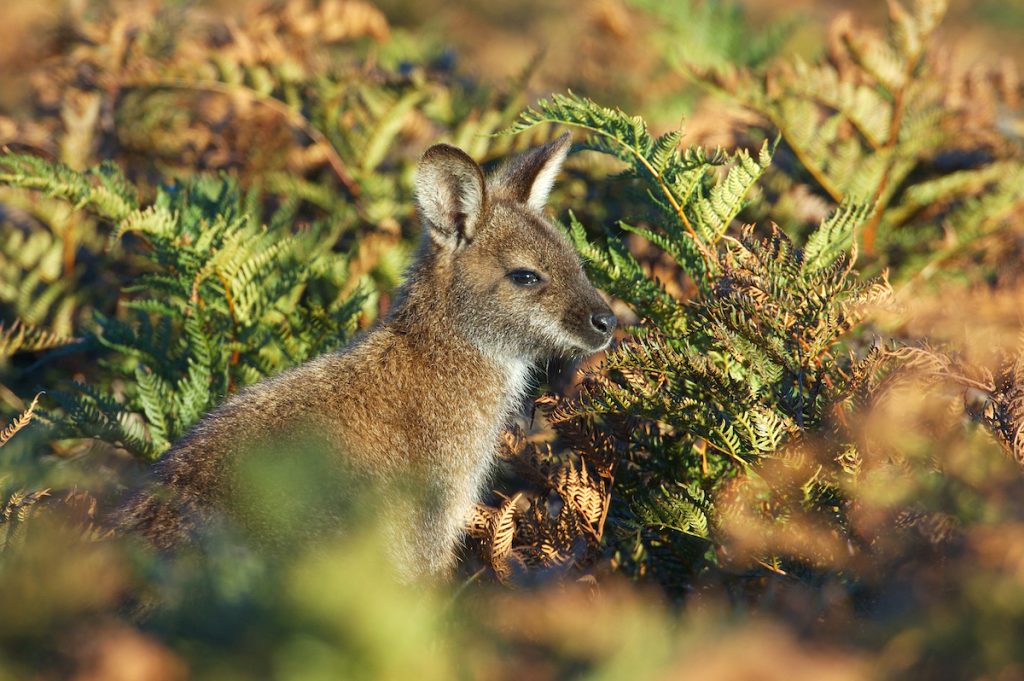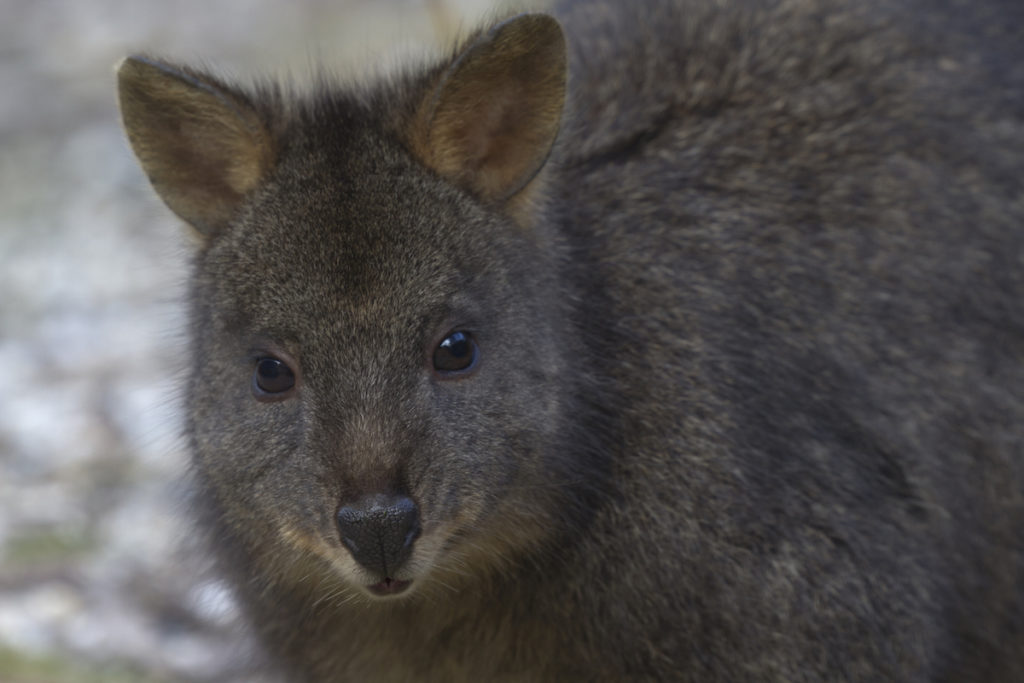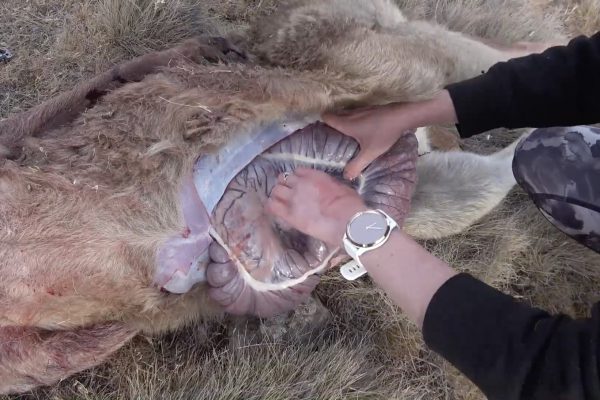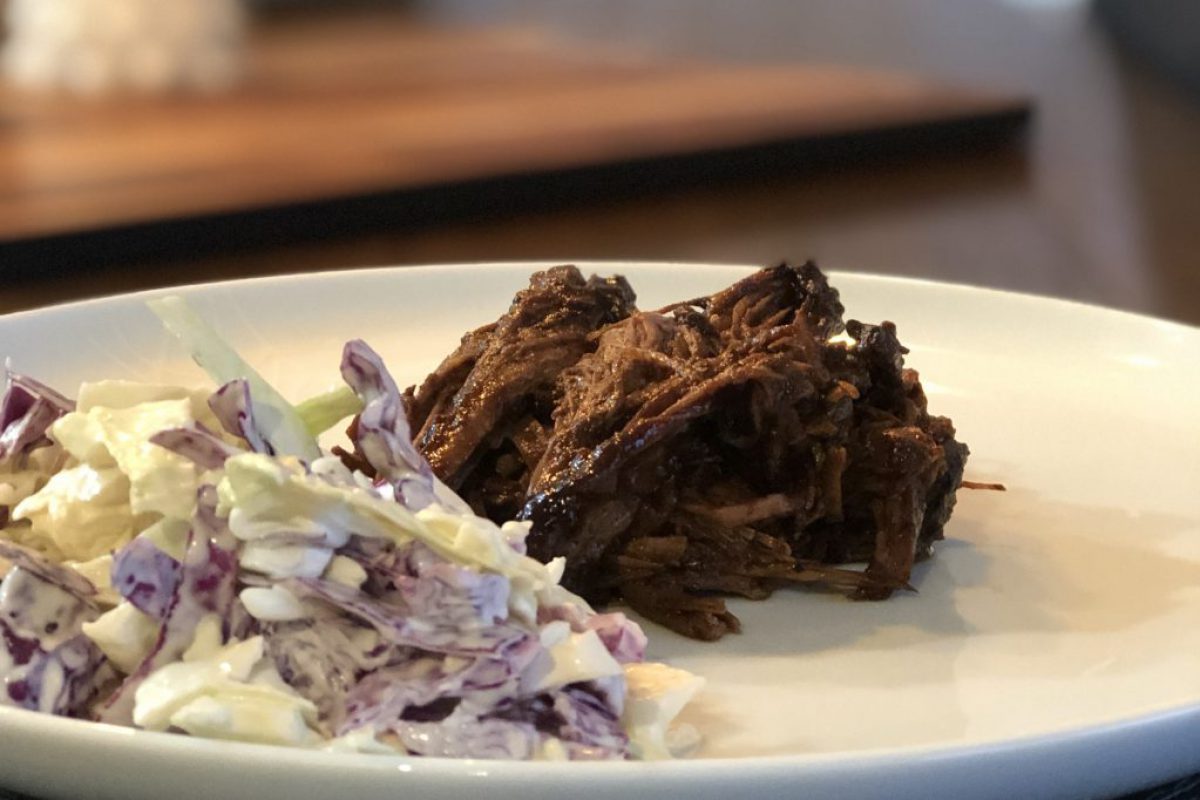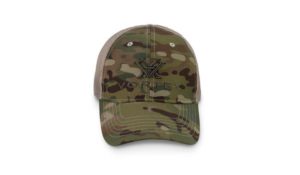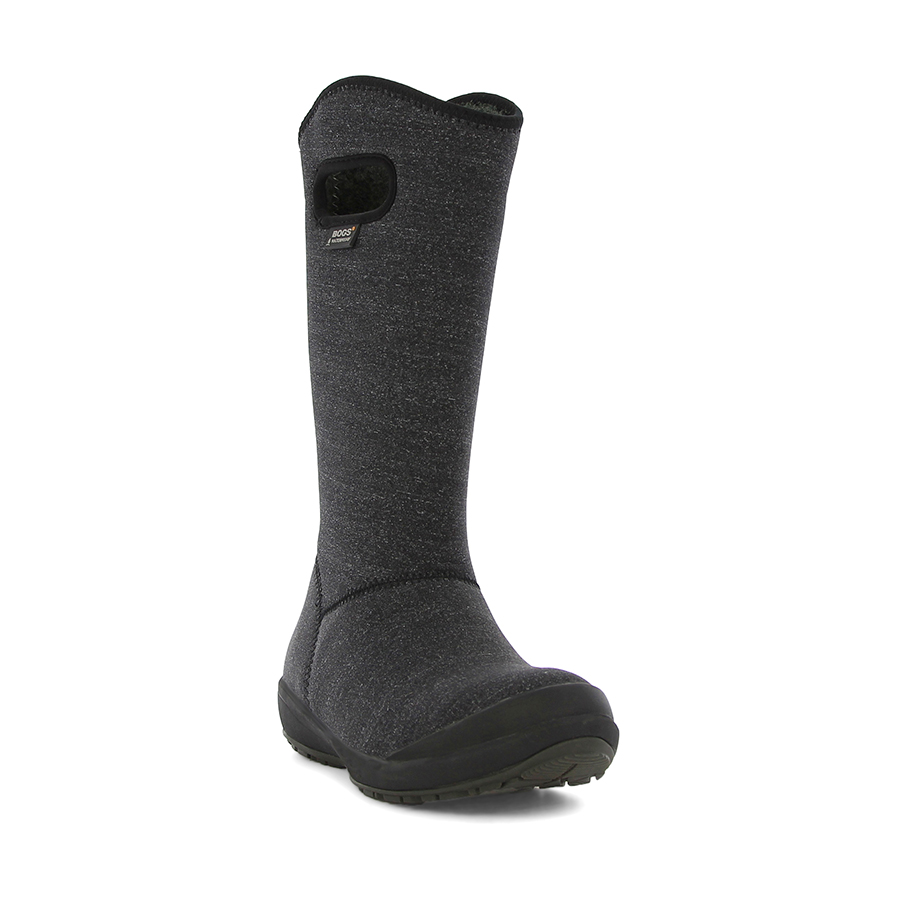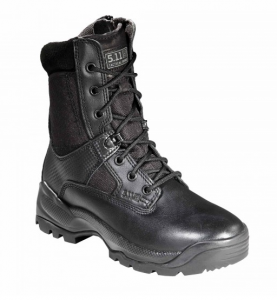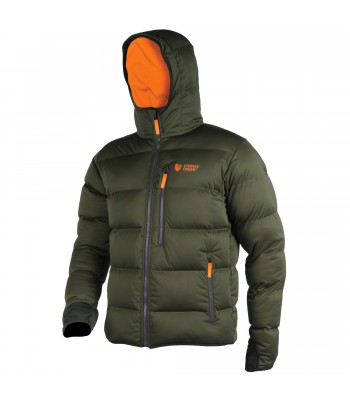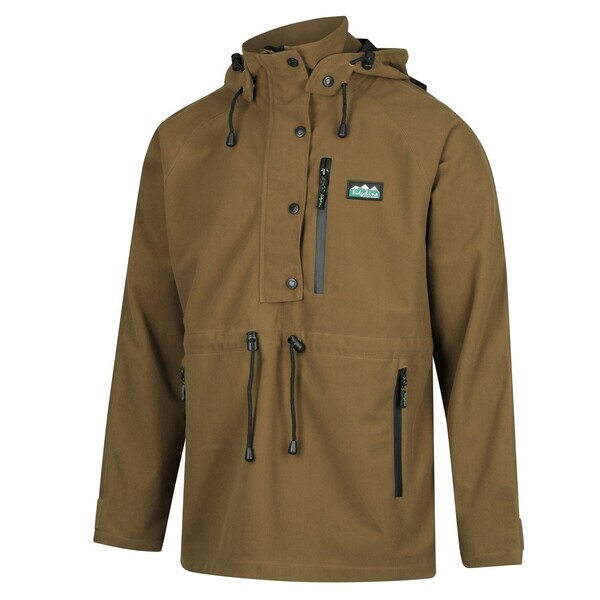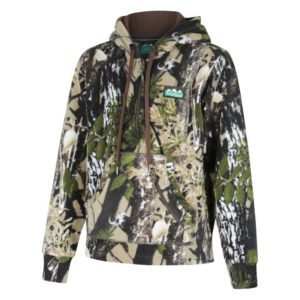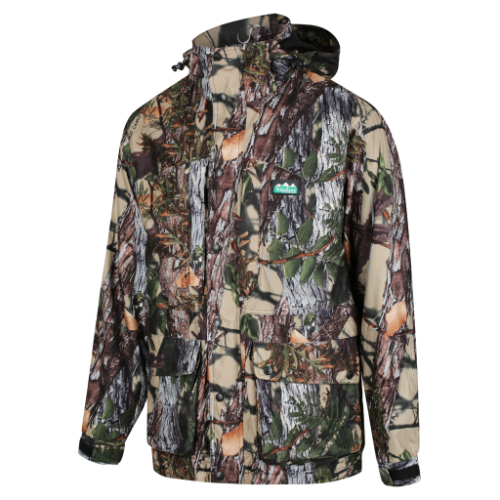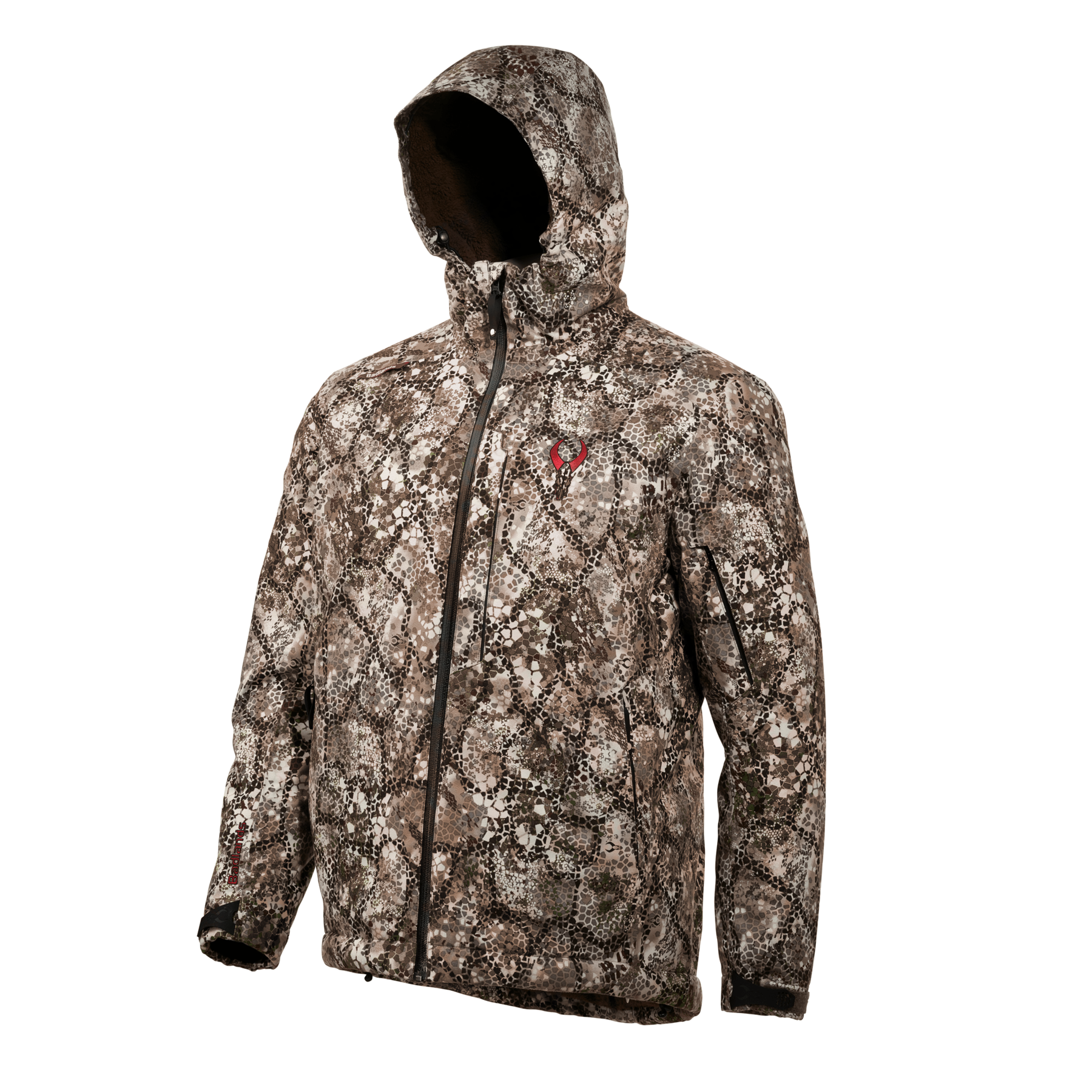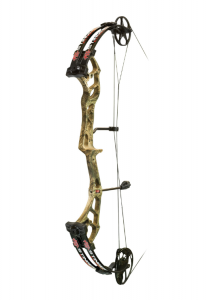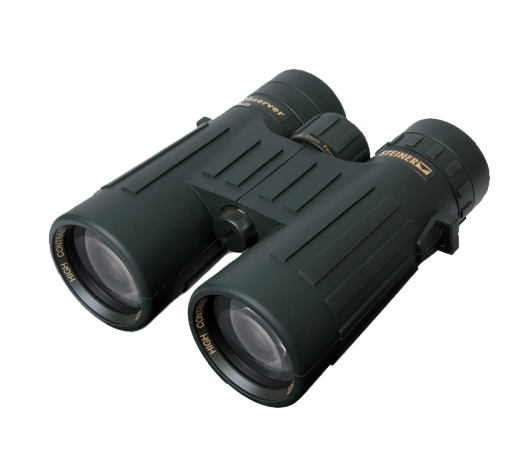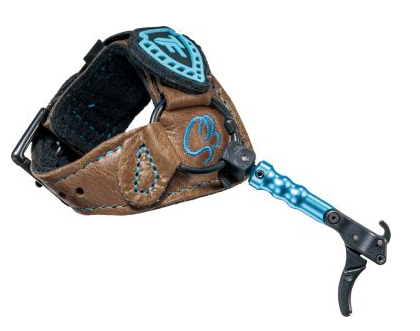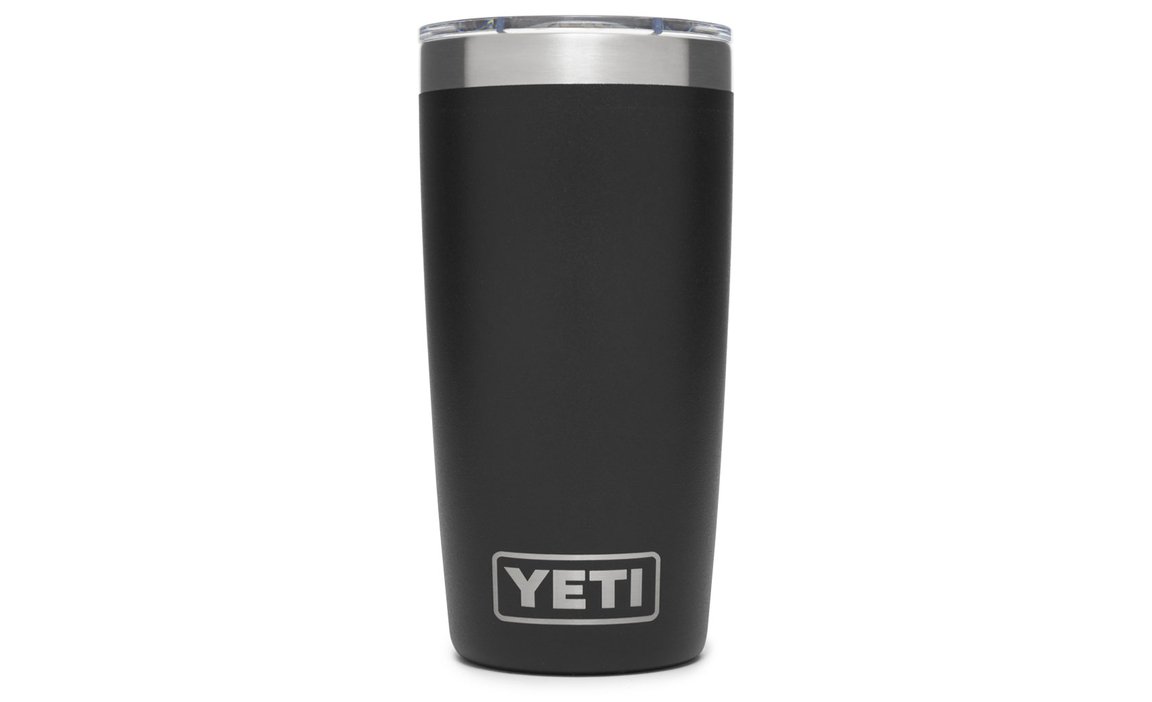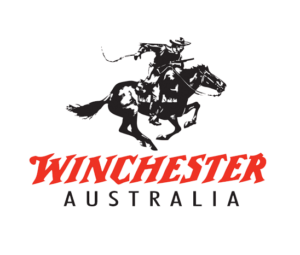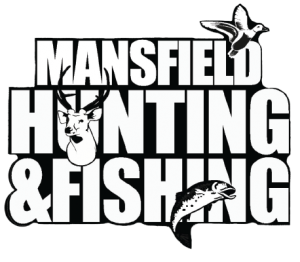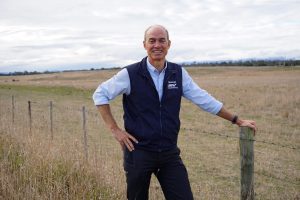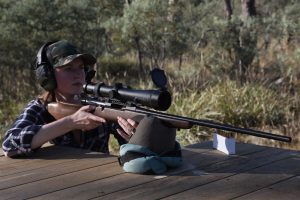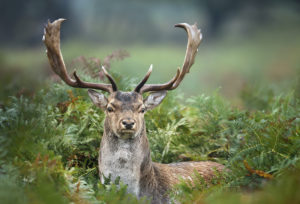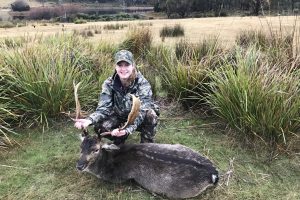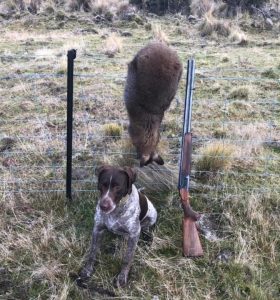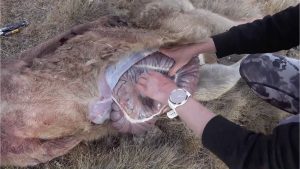Behind the Scenes
Jump to
The Hunt
In this episode of I Am Hunter, you’ll see the team culling wildlife from farmland. This style of hunting is often referred to as crop protection hunting or even pest control, and is probably one of the most common forms of hunting in Australia.
It doesn’t really matter what type of farm it is, whether it’s growing crops or livestock, all farmers have to manage the balance between their farm and the surrounding wildlife.
If they grow crops, they need ways to stop wildlife eating those crops. After all, the whole goal of crop farming is to grow produce that can be sold either as whole foods (fruits, vegetables and grains) or used to create other food sources.
If they raise livestock, they need to find ways to reduce wildlife from grazing pasture and fodder crops (otherwise known as competitive grazing), or to stop predators such as foxes, feral dogs and cats, and birds of prey from predating on livestock (pest control).
Farmers also need to be able to protect vital water sources (ducks are notorious for fouling up dams and watering holes), and reduce the damage that wildlife can cause to farm infrastructure.
While farmers have several tools they can employ to manage wildlife, each of them has its pros and cons.
Exclusion fencing is not only expensive to install (the going rate for wallaby fencing in Tasmania is between $38 and $50 per metre!), it is also only a partial solution. Small wallabies and rabbits will push under the fencing and large kangaroos will go over it. Possums can climb and birds can fly. Exclusion fencing is also responsible for many animal deaths when kangaroos and deer get caught up in the wires, break limbs and have to be destroyed.
Farmers can use poisons such as 1080 but this is becoming increasingly controversial. For starters, it can take the target animals several days to die, during which time they suffer immense pain. There’s also extremely high risks of secondary poisoning, which occurs when other animals eat either the poisoned animal or something that animal has come into contact with. There are also numerous studies that have examined the environmental costs of poisons running off into streams and waterways, or ending up well outside of its target area, with pets, livestock and even humans being affected by the deadly poison! In fact, there are so many negatives to 1080 poison that it has been banned in almost every country around the world. Only six countries still use it regularly: Australia, New Zealand, Mexico, Korea, Japan and Israel. The USA still use a very small amount to control coyote populations but have banned its use for all other purposes.
They can employ non-lethal management including things to scare the animals and birds away, but these are limited in their effectiveness and do nothing to reduce the actual number of wildlife impacting farms.
So while hunting may not be popular with the masses, it still remains one of the most cost-effective and humane methods to control pest species and browsing wildlife on farmland. It is also one of the few solutions that allows the meat to be utilised, either to feed humans or pets.
Farmers are generally free to engage recreational hunters to help them manage any pest and feral species. However, to manage native or protected species, the farmer must generally apply for specific crop protection permits or cull tags.
In this episode, we are mainly targeting wallabies, brushtail possums, rabbits, and hares. These are probably the most common animals you’ll see hunted on farms as they don’t require any special permits or tags.
However, you’ll also see Jess field dressing a Forester kangaroo. This species is protected in Tasmania and can only be shot under a crop protection permit with a specific cull tag. Only farmers can apply for these but they can distribute these amongst the hunters who help manage their land.
While we do lots of different styles of crop protection hunting (in Ep 7, you would have seen us using dogs to flush wallabies out of the bush, and in Ep 8, you would have seen Rod shooting cockatoos on foot with a shotgun under a crop protection permit), in this episode, most of the hunting occurs at night, under spotlight.
This is another activity that does require a permit so you can’t really just head out with a spot light and shoot a bunch of animals – at least, not here in Tasmania.
It can also be a bit controversial, as the ethics of fair chase hunting would rule it out as unethical because it increases the hunter’s chance of success and decreases the animal’s chance of getting away. However, when it comes to crop protection and pest control, that’s kind of the point. You want to cull as many animals as you can in as short a period as possible using the least amount of effort.
From that perspective, it’s probably less hunting and more shooting but it’s a necessary part of hunting and farming around the world, and can be a great way to put organic, free range game meats on the table while helping solve a problem.
The Locations
The hunting took place on several farms around Tasmania. From our family farm on the East Coast, a sheep farm in the Southern Midlands and a large, commercial property near Ross in the Central Midlands.
The Game Animals
While deer and big game are sometimes shot as part of crop protection and pest control, they actually make up a very small percent of the wildlife killed on farmland.
More often than not, it is smaller game species like wallabies, possums, rabbits, and kangaroos, as well as some species of birds, that cause the biggest headaches for farmers. However, depending on the location, it may also involve culling predators like feral cats, feral pigs and feral dogs to stop them predating on livestock.
In this episode, you’ll see us hunting wallabies, kangaroos and possums, which is pretty much our bread and butter hunting – the stuff we do week in and week out on our farm, and for other farmers around Tasmania.
NAME
Brushtail Possum
SCIENTIFIC NAME
Trichosurus vulpecula
RECOMMENDED FIREPOWER
Firearm - .22LR or larger Bow – Not Allowed
CONSERVATION STATUS
Least Concern
WHERE TO HUNT
Tasmania, Australia
NAME
Red-necked Wallaby
SCIENTIFIC NAME
Macropus rufogriseus
RECOMMENDED FIREPOWER
Firearm - .22LR or larger Bow – Not Allowed
CONSERVATION STATUS
Least Concern
WHERE TO HUNT
Tasmania, Australia and South Island, New Zealand
NAME
Tasmanian Pademelon
SCIENTIFIC NAME
Thylogale billardierii
RECOMMENDED FIREPOWER
Firearm - .22LR or larger Bow – Not Allowed
CONSERVATION STATUS
Least Concern
WHERE TO HUNT
Tasmania, Australia
Game Saver Tips
Wallaby meat is super tasty and one of the most abundant game meats in Tasmania. But, being a smaller animal, we tend to only take the tails and back leg for ourselves or our pets, and leave the rest for the Tasmanian devils, quolls and carrion birds.
When it comes to Foresters, though, they are comparable in size to a fallow deer, and have plenty of meat that can be utilised. They even have some pretty decent sized backstraps and generous front shoulders. For that reason, we always field dress and take the whole carcass home, breaking it down into a range of different cuts. They even have a decent sized heart, which is tasty and tender.
Just like venison, wallaby and kangaroo meat benefits from being aged. Some people like dry-ageing but not everyone has the set-up to be able to hang meat at home.
An easier method is to wet-age the meat, sealing the butchered cuts with a vacuum sealer like the Game Saver and then sitting in the bottom of the fridge for a week or two.
In this episode, Jess explains how to field dress a Forester kangaroo for meat. Below we have included a link to the tutorial for how to do this, which includes more in-depth instructions, as well as a video on how to bone out a kangaroo leg, and a recipe for a tasty Australian version of pulled pork – pulled kangaroo with coleslaw.
Gear List
Below is a brief overview of the camo and gear the hunters were using in this episode, along with links on where to buy. There will be some gear used in this episode that is no longer available online which we will try to give you the next best thing.
Clothing
Equipment
Here is the equipment taken with us on in this episode from guns and packs, to binos and rangefinders.
Watch the full episode (members-only)
Where can I watch this episode?
Watch on I Am Hunter
Watch on MyOutdoorTV
Episode Sponsors
What is I Am Hunter?
I Am Hunter wants to change the way hunting is perceived and to change the conversation from a negative one driven by anti-hunters to a positive one led by hunters.
Our goal is to help hunters become positive role models and ambassadors for hunting, while simultaneously helping non-hunters understand why hunting is important.
You can become a supporter and help us achieve our goal and spread a positive message about hunting with the wider community.
Related content
Our other channels
Get our newsletter
Get our free monthly newsletter direct to your inbox
Listen on iTunes
Listen to our podcast on iTunes.
TV series
Watch I Am Hunter episodes on My Outdoor TV (MOTV)
